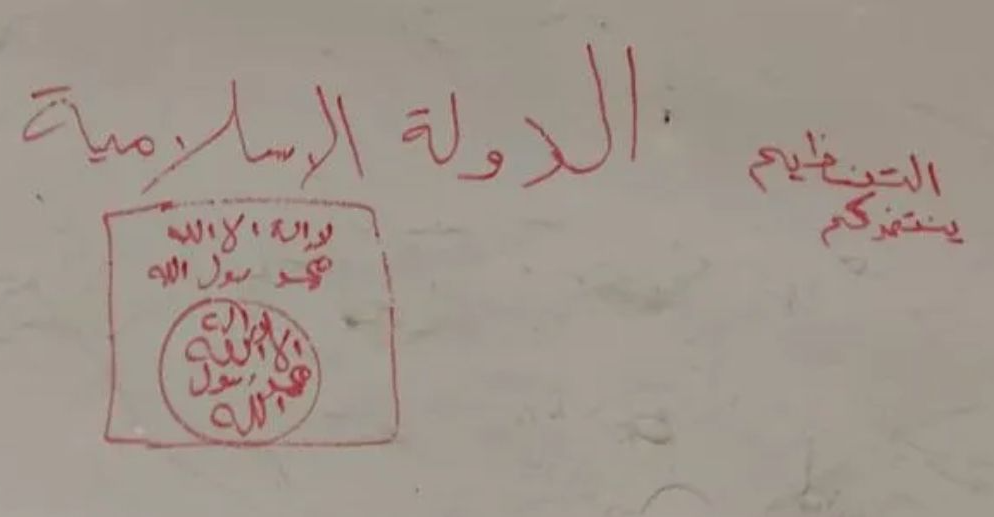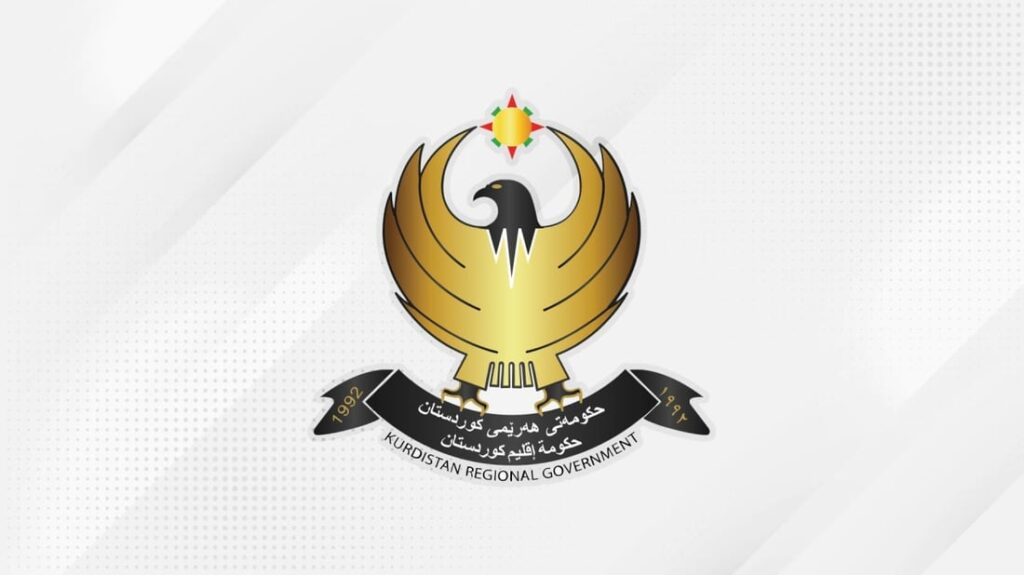Yemen: ACLED Regional Overview – Middle East (2 - 8 February 2020)
Last week in the Middle East, violence escalated in Yemen, Iraq, and Palestine. In Syria, regime and allied forces continued their advance in the Greater Idleb area, while Turkey warned that it will retaliate against further attacks on Turkish forces. Demonstration events remained high across the region, particularly in Lebanon, Iran, Palestine, and Turkey, although ACLED records a small decrease compared to the week prior.
In Yemen, major clashes were reported in areas near Marib city, northern Ad Dali, Hodeidah, and Taizz. Most frontlines remained static, with minor territory retaken by anti-Houthi forces in Sanaa and Al Jawf governorates. Significant fighting also continued northeast of Sanaa and in two areas of Al Bayda governorate. Saudi-led air raids increased throughout Yemen, with nearly 50 airstrikes recorded during the week. Most targeted positions were along the frontlines in Al Jawf, Sadah, Sanaa, and Marib governorates. ACLED also records an increase in violence in Hodeidah governorate, where clashes were reported in addition to daily artillery fire. Conversely, relative calm took hold in Hajjah, with no battles reported in the governorate last week.
Implementation of the ‘Riyadh Agreement’ effectively came to a halt. The 5 February deadline passed with no prisoner swaps reported between pro-Southern Transitional Council (STC) and pro-Hadi forces. Small-scale troop redeployments occurred in Abyan and Aden governorates, but Security Belt Forces (SBF) in Aden reportedly refused to grant the entry of pro-Hadi and Saudi forces. Saudi aircrafts allegedly dropped flares over the SBF positions, but the pro-Hadi and Saudi troops withdrew to Shuqrah in Abyan (Aden Al Ghad, 8 February 2020). Sanaa International Airport was officially reopened for humanitarian flights and allowed for the transportation of patients to Amman, Jordan for medical treatment for the first time in three years (Aden Al Ghad, 3 February 2020).
At the same time, Islamic State (IS) forces clashed repeatedly with Al Qaeda in the Arabian Peninsula (AQAP) on the Qayfa front at the Al Bayda-Marib border last week. Notably, this is the first time fighting was reported between IS and AQAP militants in recent weeks, as IS attacks have focused solely on pro-Houthi forces. It was also the first recorded battle involving AQAP since the alleged killing of its leader, Qassem Al Raymi, by the US on 29 January. AQAP forces have been relatively inactive in Yemen over the past several months, despite recently claiming a shooting at a US Naval Air Base in Pensacola, Florida in the US in December (Long War Journal, 2 February 2020).
In Iraq, last week supporters of Shiite cleric Muqtada Al Sadr wearing blue hats raided the demonstration squares as demonstrators continued to reject the Sadr-backed prime minister-designate. In Najaf, 11 people were reportedly killed as Sadr’s ‘Blue Hats’ shot live rounds, used batons, and burned the tents of demonstrators (Rudaw, 6 February 2020). Confrontations also occurred in Kerbala and Baghdad between both groups, leaving many injured. Outside of the demonstration squares, two prominent assassinations were reported: a senior officer with Saraya As-Salam militia (Peace Brigade) in Basra city, and a senior leader in the Sadr movement in Missan province (MEMO, 7 February 2020). These clashes and assassinations signal a deeper rift growing amongst non-affiliated Iraqis and the Sadr movement.
Meanwhile, violence against civilians by unidentified armed groups and IS has steadily increased alongside a more discernible rise in IS activity in Iraq. Over the past two weeks, IS has abducted and reportedly killed civilians in Diyala and Saladin provinces, and also attacked Makhmur refugee camp in Ninewa province. IS also launched attacks against Iraqi forces in Kirkuk, Ninewa, Anbar, and Saladin provinces, hinting at a possible increase in attacks over the coming weeks.
Following an initial increase in demonstrations following the release of the US peace plan in Palestine, ACLED records a high number of fatal clashes between Palestinians and Israeli forces last week. Five Palestinians died, including an Arab citizen of Israel who was reportedly killed after opening fire at Israeli forces in Jerusalem’s Old City. In Jenin, Israeli forces were met with riots and sniper fire when conducting a home demolition (Times of Israel, 6 February 2020). Unidentified Palestinians also carried out a car-ramming attack that injured 14 Israelis, 12 of whom were soldiers. There were also several reported shootings and multiple events involving individuals throwing stones and Molotov cocktails at Israeli forces. Israeli aircrafts and tanks shelled several Hamas positions and open fields in the Gaza Strip, without causing any injuries. An increased number of incendiary devices launched from the Gaza Strip were reported in southern Israel, as well as several rockets.
In Syria, regime and allied forces continued advancing in the Greater Idleb area, capturing most of the M5 highway, apart from a stretch that is less than 10 kilometers in the southern Aleppo countryside. The regime and its allies will likely focus on consolidating their advances and move to capture the M4, where they seized the key city of Saraqab, located at the intersection of both highways. In response, Turkish forces established additional observation outposts to the south and east of Idleb city. Turkey condemned regime attacks against its personnel, warned of severe retaliation should further attacks against its military occur, and gave the regime and allied forces until the end of February to withdraw back to the demilitarized zone (Anadolu Agency, 07 February 2020). President Erdogan has vowed to push Syrian forces back from Turkish observation posts ‘by any means necessary’ (Al Jazeera, 12 February 2020). Regime withdrawals from these areas are highly unlikely, but regime forces may halt further operations at the end of the month and consolidate their gains. Elsewhere, Israeli forces launched multiple strikes over the past week targeting regime and pro-Iran militia positions in and around Damascus, including air bases, camps, and a research facility. The attacks reportedly resulted in numerous casualties.



